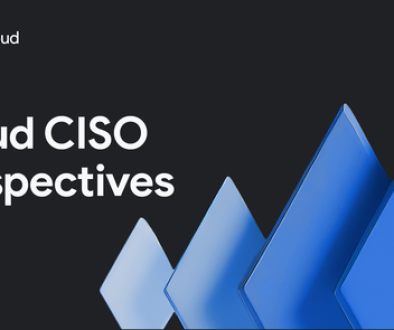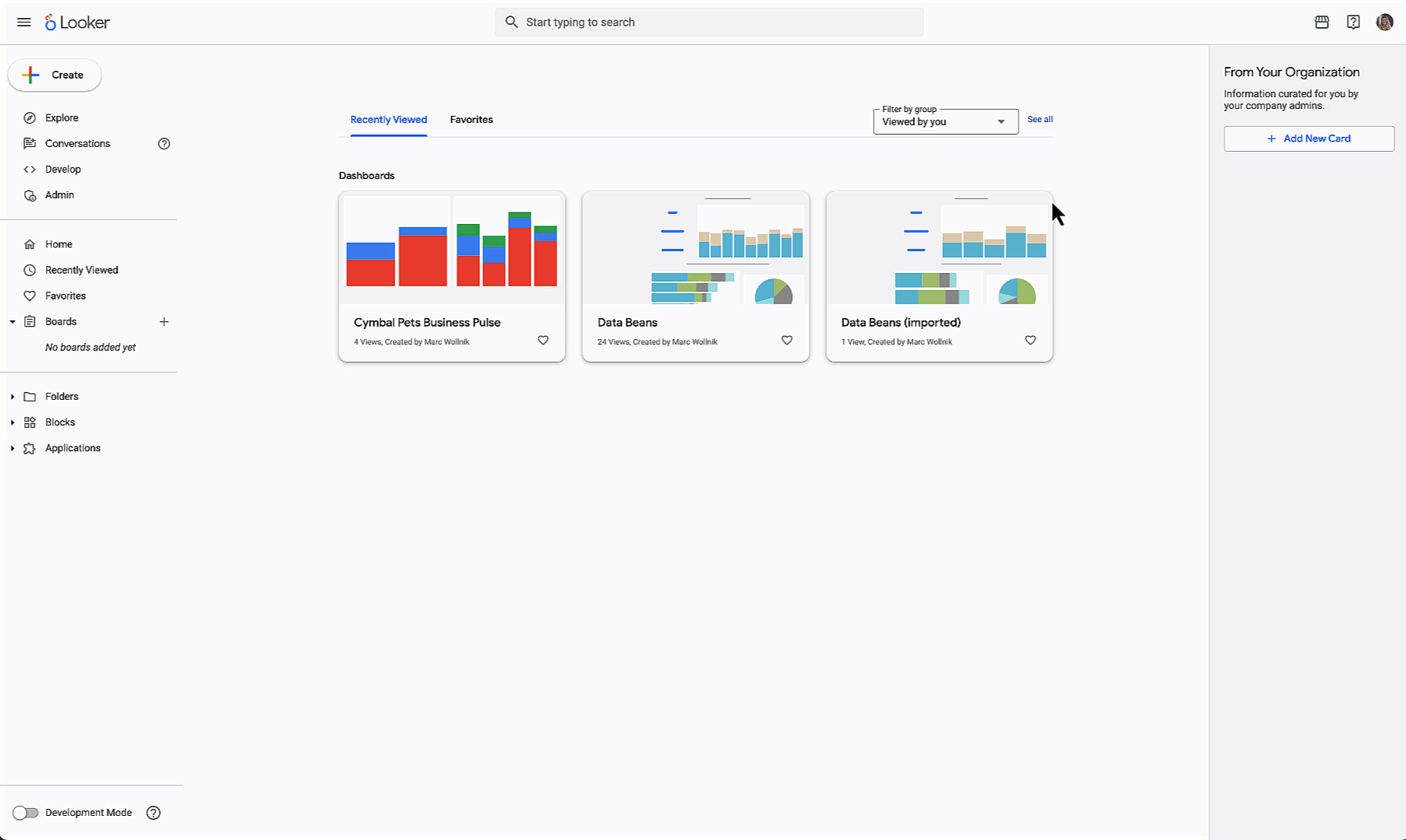GCP – How AI & IoT are helping detect hospital incidents — without compromising patient privacy
Hospitals, while vital for our well-being, can be sources of stress and uncertainty. What if we could make hospitals safer and more efficient — not only for patients but also for the hard-working staff who care for them? Imagine if technology could provide an additional safeguard, predicting falls, or sensing distress before it’s even visible to the human eye.
Many hospitals today still rely on paper-based processes before transforming critical information to digital systems, leading to frequent — and sometimes, remarkably absurd — inefficiencies. In-person patient monitoring, while standard practice, can be slow, incomplete, and subject to human error and bias. In one serious incident, shared by hospital staff, a patient fell shortly after getting out of bed at 5 a.m. and wasn’t discovered until the routine 6:30 a.m. check. Events like this underscore the need for continuous, 24/7 in-room monitoring solutions that can alert staff immediately in high-risk and emergency situations.
Driven by a shared vision to enhance patient care, healthcare innovator Hypros and Google Cloud joined forces to develop an AI-assisted patient monitoring system that detects and alerts staff to in-hospital patient emergencies, such as out-of-bed falls, delirium onset, or pressure ulcers. This innovative privacy-preserving solution enables better prioritization of care and a strong foundation for clinical decision-making — all without the use of invasive cameras.
Privacy-preserving, AI-assisted patient monitoring
While the need for 24/7 patient monitoring is clear, developing these solutions raises important concerns around privacy and professional conduct. Privacy is paramount in any patient-monitoring technology for both the individuals receiving care and the professionals providing it. Even seemingly simple aspects, such as interventions within the patient’s immediate surroundings, require strict compliance with hospital hygiene policies — a lesson reinforced during the COVID-19 pandemic.
It’s crucial to monitor and correct any mistakes without singling out individuals. By using tools like low-resolution sensors, we can protect people’s identities and reduce the risk of unfair judgment, keeping the focus squarely on improving care. This approach is especially valuable, since the root cause of errors, more often than not, extend beyond the individual. As a result, ethical technology deployment of monitoring, AI or otherwise, means ensuring that the efficiencies or insights gained never compromise fundamental rights and well-being.
Figure 1: Patient monitoring device from Hypros.
The approach for continuous patient monitoring hinges on two key innovations:
-
Non-invasive IoT devices: Hypros developed a novel battery-powered Internet of Things (IoT) device that can be mounted on the ceiling. This device uses low-resolution sensors to capture minimal optical and environmental data, creating a very low-detail image of the scene. The device is designed to be non-invasive, preserving anonymity while still gathering the crucial information needed to detect any meaningful changes in a patient’s environment or condition.
-
Two-stage AI workflow: Hypros employ a two-stage machine learning (ML) workflow. Initially, they trained a camera-based vision model using AutoML on Vertex AI to label sensor data from simulated hospital scenarios. Next, they use this labeled dataset to train a second model to interpret low-resolution sensor data.
The following sections explain how Hypros implemented these innovations into their patient monitoring solution, and how Google Cloud assisted Hypros in this endeavor.
Low resolution, high information: Securing patient privacy
To address the critical need for patient privacy while enabling effective hospital bed monitoring, Hypros developed a compact, mountable IoT device (see Figure 1) equipped with low-resolution optical and environmental sensors. This innovative solution operates on battery power, facilitating easy installation and relocation to various bed locations as needed.
Figure 2: How a bed with a patient scene is abstracted to low resolution sensor data.
The device’s low-resolution optical sensors are effective for protecting patient privacy, they also can make data interpretation and analysis more complex. Additionally, low sampling rates and environmental factors can introduce noise and sparsity into the data, resulting in an incomplete representation of human behavior in the hospital. The combination of low-resolution imaging, limited sampling rates, and environmental noise creates a complex data landscape that requires sophisticated algorithms and interpretive models to extract meaningful insights.
Figure 3: Real-world data: Bed sheets changed by Staff, and Patient gets into bed. This is a “simple” scenario.
Despite these challenges, Hypros’ device represents a significant advancement in privacy-preserving patient monitoring, offering the potential to enhance hospital workflow efficiency and patient care without compromising individual privacy.
Patient monitoring with AI: Overcoming low-resolution data challenges
While customized parametric algorithms can partially interpret sensor data, they have difficulty handling complex relationships and edge cases. ML algorithms offer clear advantages, making AI a vital tool for a patient monitoring system.
However, the complexity of their sensor data makes it difficult for AI to independently learn the detection of critical patient conditions, and thus, unsupervised learning techniques would not yield useful results. In addition, manual data labeling can quickly become expensive as tight monitoring sends readings every few seconds, quickly producing large volumes of data.
To solve these issues, Hypros adopted an innovative approach that would allow AI to learn how to detect scenarios from their monitoring devices with minimal labeling effort. They found that using pre-trained AI models, which require fewer examples to learn a new image-based task, can simplify labeling image data. However, these models struggled to interpret their low-resolution sensor data directly.
Therefore, they use a two-step process. First, they train a camera-based vision model using camera data to produce a larger, labelled dataset.Then, they transfer these labels to concurrently recorded sensor data, which they use to train a patient monitoring model. This unique approach enables the system to reliably detect events of interest, such as falls or early signs of delirium, without compromising patient privacy.
Driving healthcare innovation with Google Cloud
Hypros relied heavily on Google Cloud to build their patient monitoring system, particularly its data and AI services. The first crucial step was collecting useful data to train their AI models.
They began by replicating a physical hospital room environment within their offices. This controlled setting enabled them to simulate various realistic scenarios, gather data, and record video. During this phase, they also collaborated closely with hospitals to ensure that the characteristics specific to each use case were accurately determined.
Next, they trained a camera-based vision model with AutoML on VertexAI to label sensor data. This process was remarkably straightforward and efficient. Within approximately two weeks, their initial AutoML camera-based vision model used for labeling achieved an average precision exceeding 91% across all confidence thresholds. Already impressive, the actual performance was higher as labeling discrepancies artificially lowered the results.
Subsequently, they labeled various video recordings from hospital beds and correlated these labels with their device data for model training. This approach allowed the model to learn how to interpret sensor data sequences by observing and learning from the corresponding video. For training use cases that didn’t incorporate video information, they relied on data or simulation methodologies from their hospital partners.
The speed of development cycles is also a critical competitive advantage. Therefore, they mapped every step in their workflow and model development cycles (see Figure 4) to the following Google Cloud services:
-
Cloud Storage: Stores all raw data, enabling easy rollbacks and establishing a clear baseline for ongoing improvements.
-
BigQuery: Stores labeled data for easier querying, and analysis querying and analysis. Easy access to the right data helps them iterate, analyze, debug, and refine their models more efficiently.
-
Artifact Registry: Hosts their custom Docker images in ETL and training pipelines. Fewer downloads, shorter builds, and better software dependency management provides smoother, more optimized operations.
-
Apache Beam with Dataflow Runner: Processes large volumes of data at high speed, keeping their pipelines fast and maximizing their development time.
-
Vertex AI: Provides a unified platform for model registration, experiment tracking, and visualizing results in TensorBoard; training is done with TensorFlow and TFRecords, using customized resources (like GPUs) and easy deployment options simplify rolling out new model versions.
Figure 4: Simple workflow directed graph to highlight technologies used
With Google Cloud’s ability to handle petabytes of data, they know their workflows are highly scalable. Having a powerful, flexible platform lets them focus on delivering value from data insights, rather than worrying about infrastructure.
Further possibilities: Distilling nuanced information
The development of their system has sparked more ideas about ways hospitals can benefit from using sensor data and AI. They see three main areas of care where continuous patient monitoring can help: patient-centric care for better outcomes, staff-centric support to optimize their time, and environmental monitoring for safer spaces.
Some potential use cases include:
-
People detection: Anonymously detect individuals to improve operations, such as bed occupancy for patient flow management.
-
Fall prevention and detection: Alert staff about patient falls or flag restless behavior to prevent them.
-
Pressure ulcers: Monitor 24/7 movement to aid clinical staff in repositioning patients effectively to prevent the development of pressure ulcers (bedsores).
-
Delirium risk indicators: Track sleep disruption factors like light and noise, which are potential indicators of delirium risk (final correlation requires additional data from other sources).
-
General environmental analysis: Monitor temperature, humidity, noise, and other environmental data for smarter building responses in the future (e.g., energy savings through optimized heating) and more effective patient recovery.
-
Hand hygiene compliance: Anonymously track hand disinfection compliance to improve hygiene practices in combination with solutions like the Hypros’ Hand Hygiene Monitoring solution – NosoEx.
Instead of stockpiling sensor data, their system uses advanced AI models to interpret and connect data from multiple streams — turning simple raw readings into practical insights that guide better decisions. Real-time alerts also bring timely attention to critical situations — ensuring patients receive the swift and focused care they deserve, and staff can perform at their very best.
The path forward with patient care
Already, Hypros’ patient monitoring system is gaining momentum, with real-world trials at leading institutions like UKSH (University Hospital Schleswig-Holstein) in Germany. As highlighted by their recent press release, the UKSH recognizes the potential of their solutions to transform patient care and improve operational efficiency. In addition, their clinical partner, the University Medical Center Greifswald, has experienced benefits firsthand as an early adopter.
Dr. Robert Fleishmann, a managing senior physician and deputy medical director at the University Medical Center Greifswald, is convinced of its usefulness, saying:
“The prevention of delirium is crucial for patient safety. The Hypros patient monitoring solution provides us with vital data to examine risk factors (e.g., light intensity, noise levels, patient movements) contributing to the development of delirium on a 24/7 basis. We are very excited about this innovative partnership.”
This positive feedback, alongside the voices of other customers, fuels Hypros’ ongoing commitment to revolutionize patient care through ethical and data-driven technology.
By harnessing the power of AI and cloud computing, in close collaboration with Google Cloud, Hypros is dedicated to developing privacy-preserving patient monitoring solutions that directly address critical healthcare challenges such as staffing shortages and the ever-increasing need for enhanced patient safety.
Building on this foundation, Hypros envisions a future where their AI-powered patient monitoring solutions are seamlessly integrated into healthcare systems worldwide. The goal is to empower clinicians with real-time, actionable insights, ultimately improving patient outcomes, optimizing resource allocation, and fostering a more sustainable and patient-centric healthcare ecosystem for all.
Read More for the details.




